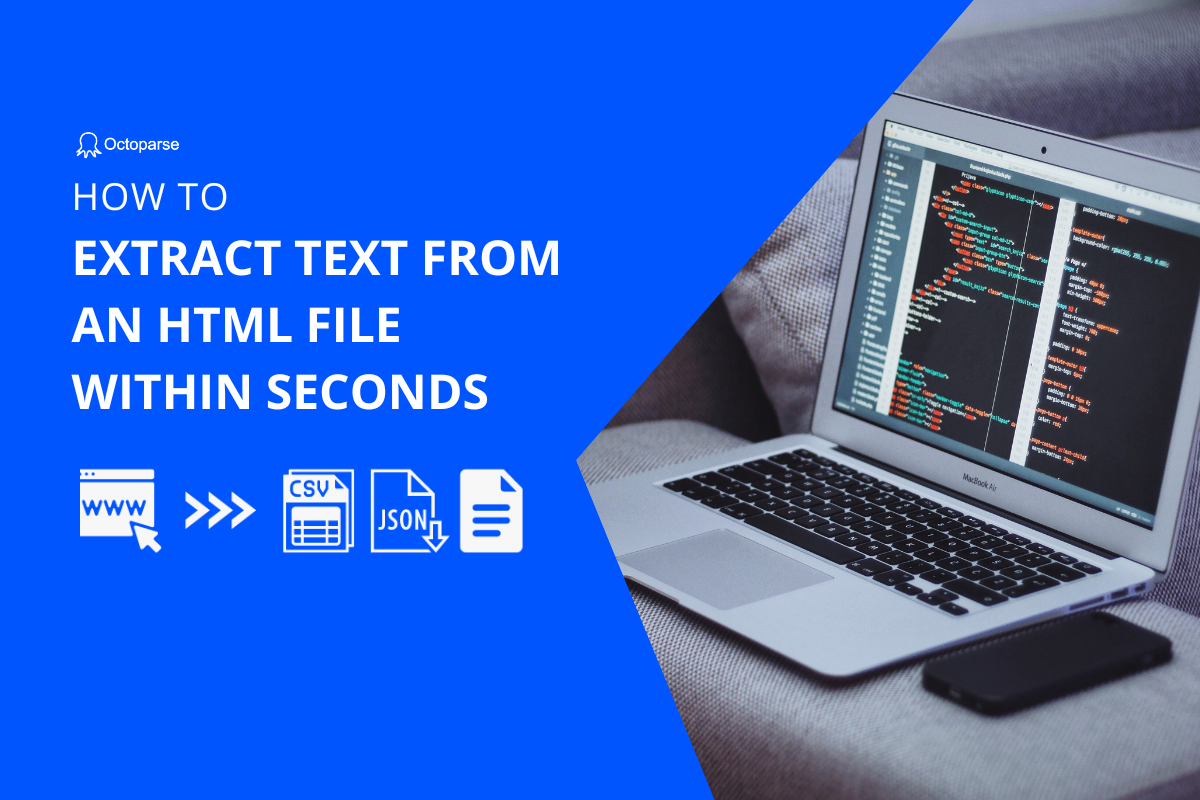
The Digital Gold Rush: Understanding HTML Data Extraction
In the vast digital landscape, HTML documents represent more than just web pages—they are treasure troves of structured information waiting to be unlocked. As a veteran web scraping expert with over a decade of experience, I‘ve witnessed the remarkable evolution of data extraction techniques that transform raw web content into actionable insights.
The Origins of Web Scraping
Web scraping emerged in the late 1990s as internet connectivity expanded rapidly. Early pioneers discovered that websites contained valuable data hidden within complex HTML structures. What began as a niche technical skill has now become a critical capability for businesses, researchers, and developers worldwide.
Technical Foundations of HTML Parsing
HTML (HyperText Markup Language) is a structured markup language that defines how web content is presented. Understanding its intricate architecture is crucial for effective data extraction. Modern parsing techniques go far beyond simple text retrieval, offering sophisticated methods to navigate and extract precise information.
The Document Object Model (DOM)
The Document Object Model represents HTML as a hierarchical tree structure. Each element—whether a paragraph, div, or span—becomes a node that can be systematically traversed and analyzed. This tree-like representation allows developers to implement targeted extraction strategies with remarkable precision.
Extraction Methodologies: A Comprehensive Overview
Regular Expression Parsing
Regular expressions provide a powerful, flexible approach to text extraction. By defining precise pattern-matching rules, developers can extract specific content segments with surgical accuracy. However, regex has limitations when dealing with complex, nested HTML structures.
DOM-Based Extraction
DOM-based methods offer superior flexibility and semantic understanding. Libraries like BeautifulSoup in Python and Cheerio in JavaScript enable developers to navigate HTML structures intelligently, selecting elements based on attributes, classes, and hierarchical relationships.
Machine Learning-Enhanced Parsing
Emerging machine learning techniques are revolutionizing web scraping. Advanced neural networks can now understand context, recognize patterns, and adapt extraction strategies dynamically. These AI-powered approaches transcend traditional parsing limitations, offering unprecedented data retrieval capabilities.
Language-Specific Implementation Strategies
Python: The Preferred Scraping Language
import requests
from bs4 import BeautifulSoup
def extract_webpage_content(url):
response = requests.get(url)
soup = BeautifulSoup(response.text, ‘html.parser‘)
# Intelligent content extraction
paragraphs = soup.find_all([‘p‘, ‘div‘, ‘span‘])
extracted_text = [element.get_text(strip=True) for element in paragraphs]
return extracted_textJavaScript: Asynchronous Extraction
const axios = require(‘axios‘);
const cheerio = require(‘cheerio‘);
async function extractWebContent(url) {
try {
const response = await axios.get(url);
const $ = cheerio.load(response.data);
const textElements = $(‘p, div, span‘)
.map((index, element) => $(element).text().trim())
.get();
return textElements;
} catch (error) {
console.error(‘Extraction failed:‘, error);
}
}Performance Optimization Techniques
Efficient web scraping requires more than just extracting data—it demands intelligent, performant strategies. Consider implementing:
- Concurrent request handling
- Intelligent caching mechanisms
- Adaptive rate limiting
- Efficient memory management
Distributed Scraping Architecture
For large-scale extraction projects, consider developing a distributed scraping infrastructure. By leveraging cloud computing and microservices, you can create scalable systems capable of processing massive volumes of web data simultaneously.
Ethical Considerations and Best Practices
Web scraping exists in a complex legal and ethical landscape. Responsible practitioners must:
- Respect website terms of service
- Implement reasonable request rates
- Obtain necessary permissions
- Anonymize extracted data
- Comply with regional data protection regulations
Legal Compliance Strategies
Different jurisdictions have varying regulations regarding web scraping. In the United States, the Computer Fraud and Abuse Act (CFAA) provides guidelines, while the European Union‘s General Data Protection Regulation (GDPR) offers comprehensive data protection frameworks.
Emerging Trends in Web Data Extraction
Artificial Intelligence Integration
Machine learning models are transforming web scraping from a mechanical process into an intelligent, adaptive discipline. Neural networks can now:
- Understand contextual nuances
- Recognize complex data patterns
- Adapt extraction strategies dynamically
- Handle semi-structured and unstructured content
Cloud-Based Extraction Platforms
Modern cloud infrastructure enables unprecedented scalability in web data extraction. Platforms like AWS Lambda and Google Cloud Functions allow developers to create serverless, event-driven scraping architectures that can process massive datasets efficiently.
Future of Web Scraping: Predictions and Possibilities
As web technologies continue evolving, so too will data extraction methodologies. Anticipated developments include:
- More sophisticated AI-powered parsing
- Enhanced privacy-preserving techniques
- Real-time semantic understanding
- Cross-platform extraction capabilities
Conclusion: Empowering Data Discovery
HTML text extraction is more than a technical skill—it‘s a strategic capability that transforms unstructured web content into valuable, actionable insights. By mastering these techniques, you‘ll unlock new dimensions of digital information discovery.
Recommended Learning Resources
- BeautifulSoup Documentation
- MDN Web Docs
- Academic Research Publications
- Web Scraping Community Forums
- Online Technical Courses
Remember, successful web scraping combines technical expertise, ethical considerations, and continuous learning. Your journey into this fascinating field has only just begun.










